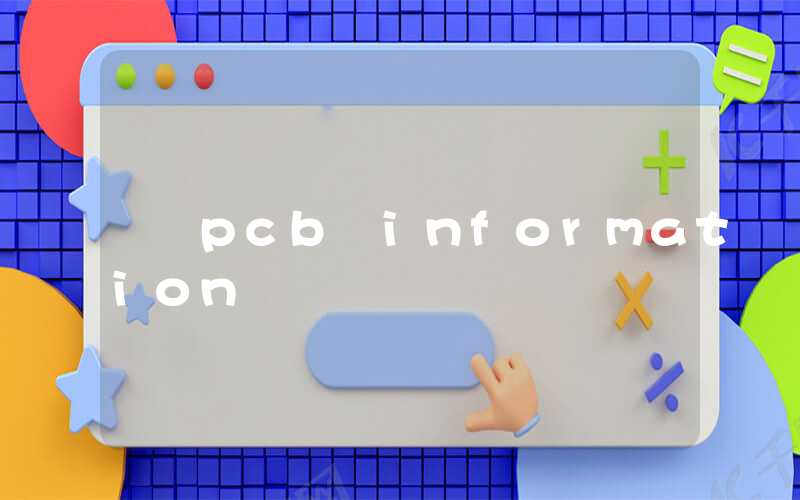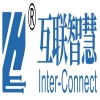Printed Circuit Board (PCB)
Definition:

A thin insulating board with conductive paths, components, and terminals etched on its surface, used to interconnect electronic components.
Components:
- Base Material: Typically epoxy glass (FR-4), but can also be other materials like ceramic, metal, or flex.
- Copper Layers: Conductors that form the circuit paths and connect components.
- Solder Mask: A protective layer that covers the copper but exposes pads for soldering.
- Silkscreen: A non-conductive layer that provides component identifiers and markings.
- Laminating Materials: Adhesives used to bond the different layers together.
Types:
- Single-Sided PCBs: Copper on one side only.
- Double-Sided PCBs: Copper on both sides.
- Multilayer PCBs: Multiple copper layers laminated together.
- Flexible PCBs: Flexible base material for applications that require bending.
- Rigid-Flex PCBs: Combine rigid and flexible sections.
Design Tools:
- Computer-Aided Design (CAD) software
- Schematic capture tools
Manufacturing Processes:
Etching:
- Creating circuit paths by removing copper from a sheet.
- Subtractive process (removing material) or additive process (plating copper).
Solder Mask and Silkscreen:
- Applied over the etched copper and cured by heat or UV light.
Laminating:
- Bonding the different layers together under heat and pressure.
Surface Mount Technology (SMT):
- Mounting components directly onto the PCB surface, without the use of holes.
Through-Hole Technology (THT):
- Drilling holes through the PCB and inserting components with leads.
Testing:
- Electrical testing to verify functionality and continuity.
- Visual inspection for defects and errors.
Applications:
- Electronic devices of all types (computers, phoness, appliances, industrial equipment)
- Aerospace and defense systems
- Medical devices
- Automotive systems
- Robotics
Advantages:
- Compact and reliable
- High performance and density
- Cost-effective for mass production
- Customization and complexity possible
 logo
logo
